Automation puts millions of workers out of work in Asia
In China and India, automation is putting millions of workers at risk of unemployment. Low-cost factories are forced to choose: invest heavily in robots and automation to stay competitive, which means cutting back on unskilled labor; or fall behind.
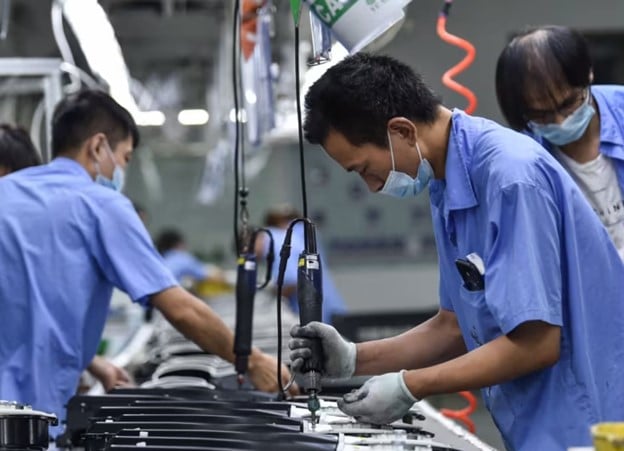
A survey of 12 labor-intensive manufacturing industries (2011–2019) conducted by three Chinese universities found that an average of 14% of workers lost their jobs, equivalent to nearly 4 million people. Between 2019 and 2023 alone, according to a Financial Times analysis, another 3.4 million jobs disappeared from these 12 industries.
Clearly, the risk of millions of workers with low-skilled skills falling into unemployment is very real. The rapid pace of automation is directly impacting and changing the entire landscape of the traditional labor market.
Repetitive, easily algorithmized jobs are gradually disappearing or significantly reducing recruitment demand. At the same time, AI is also creating many new jobs for those with the right skills, such as creative thinking skills, complex problem solving skills, and especially skills to work with AI.
In Vietnam, despite having a relatively large workforce of IT engineers, the group with specialized skills in core technology fields such as artificial intelligence (AI), machine learning or data science still accounts for less than 5% according to the latest report by VietnamWorks. This figure shows a significant shortage of human resources in cutting-edge technology fields.
Meanwhile, changes in the labor structure are happening faster than ever. It is forecasted that in the next 3–5 years, the demand for unskilled labor in some industries may decrease by 15–20% due to automation. Meanwhile, the demand for personnel with AI and emerging technology skills is increasing sharply, becoming an essential requirement for all industries.
The challenge of the AI wave or the opportunity of pioneeringeducational units
The above reality shows that Vietnam is facing an urgent problem: How to quickly improve the quality of human resources, equip workers with future skills so that they are not left behind in the 4.0 era and ensure economic and social stability?
Many domestic educational institutions are proactively embracing this trend. A typical example is the FPT Schools system, which is implementing an educational model that integrates AI into teaching from primary school.
From the 2024-2025 school year, FPT Schools will include AI in the “Smart World Experience” (SMART) education program for all students from grades 1 to 12. The goal is to help students understand how AI works and know how to apply AI to real-world problems through activities such as programming, data analysis, image recognition and AI model development.
Notably, the program is based on the Day of AI document copyrighted by the Massachusetts Institute of Technology (MIT), and has been localized by FPT Schools with the participation of international experts. Applying the AI model in general education in this way is not only directional but also ensures global academic standards.
In addition, FPT Schools also organizes AI training for all teachers and issues guidelines for using AI in teaching, to ensure that AI is integrated responsibly and effectively in the school environment.
AI lessons are designed for each grade level, helping FPT Schools students gain early access to machine learning, computer vision, data science and robotics. (Photo: FPT Schools)
Pioneering the introduction of AI into general education programs is not only a strategic move by individual schools, but also a practical action to reshape the way human resources are trained in the digital age.
One of the four pillars for national development today is promoting science, technology and innovation. The daily changes in the science and technology landscape and fluctuations in the global labor market show that without strategic and drastic steps in improving the skills of the workforce, starting with equipping students with knowledge of AI, Robotics and STEM from high school, Vietnam is at risk of falling behind in human resource training.
AI education, if implemented seriously and systematically, will not only help students master technology but also contribute to creating a generation of globally competitive workers - one of the vital factors of the digital economy.
FPT


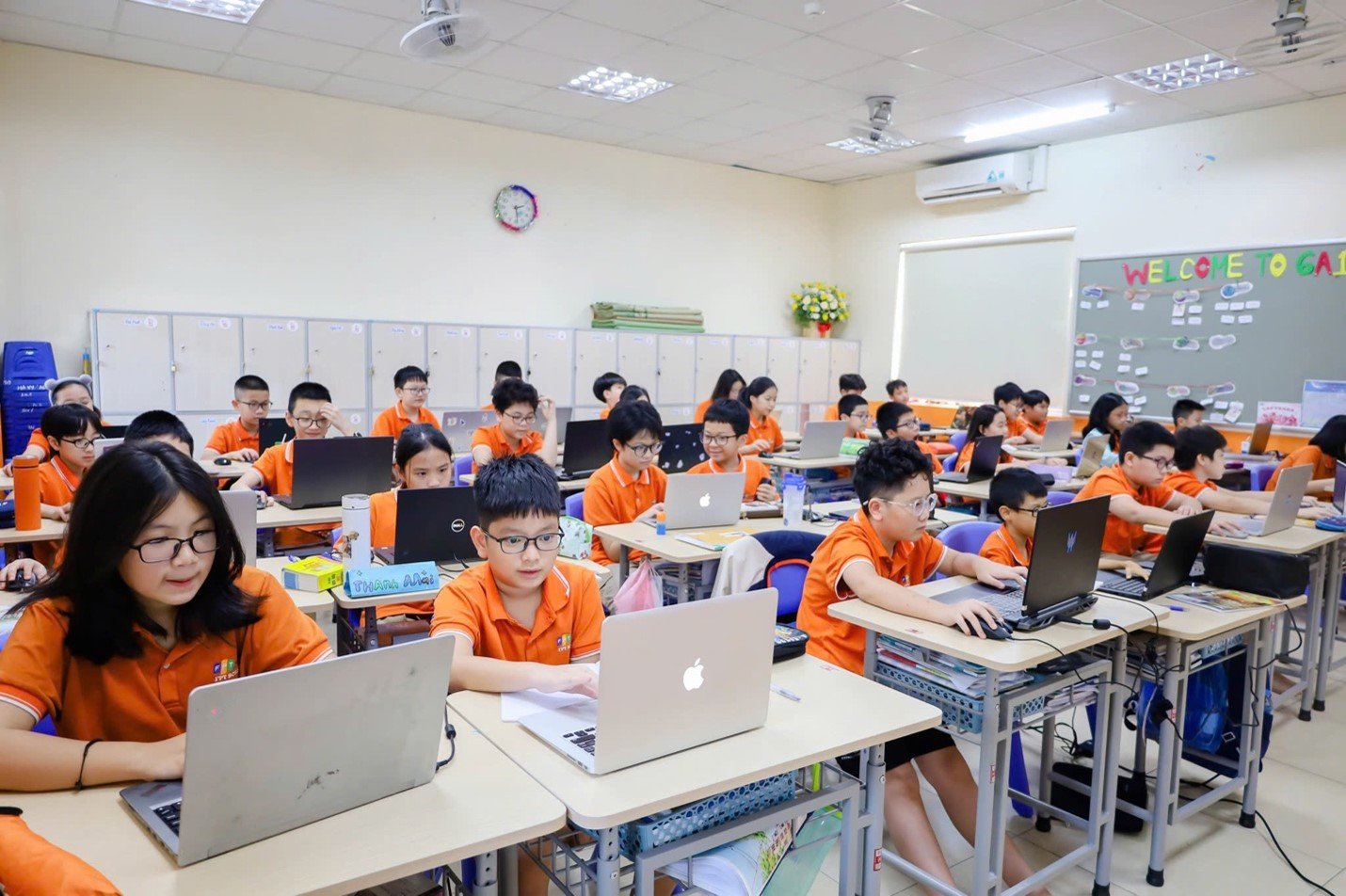








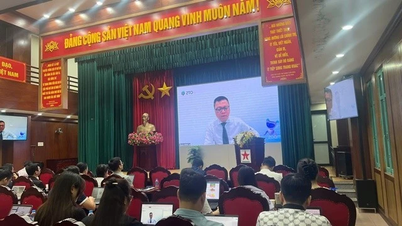

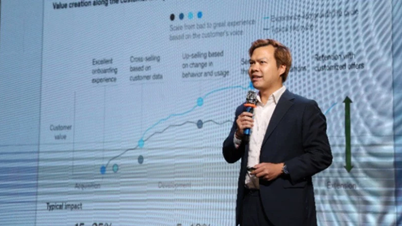

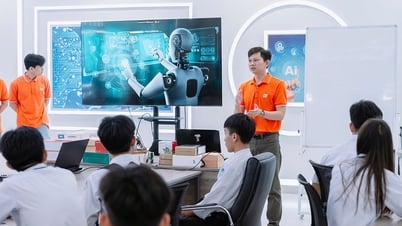
















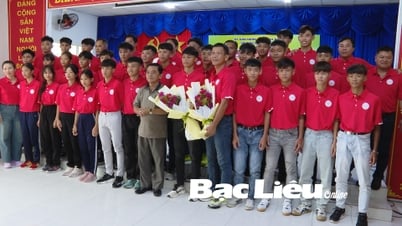





























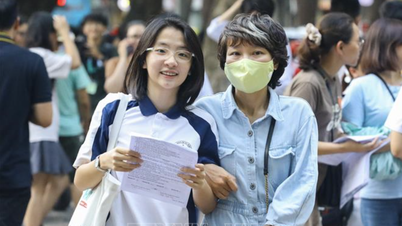
















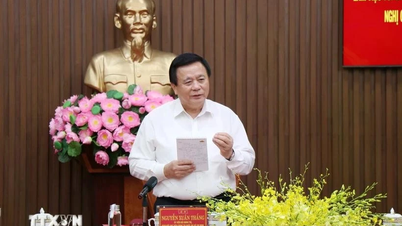
















![[OCOP REVIEW] Tu Duyen Syrup - The essence of herbs from the mountains and forests of Nhu Thanh](https://vphoto.vietnam.vn/thumb/402x226/vietnam/resource/IMAGE/2025/6/5/58ca32fce4ec44039e444fbfae7e75ec)




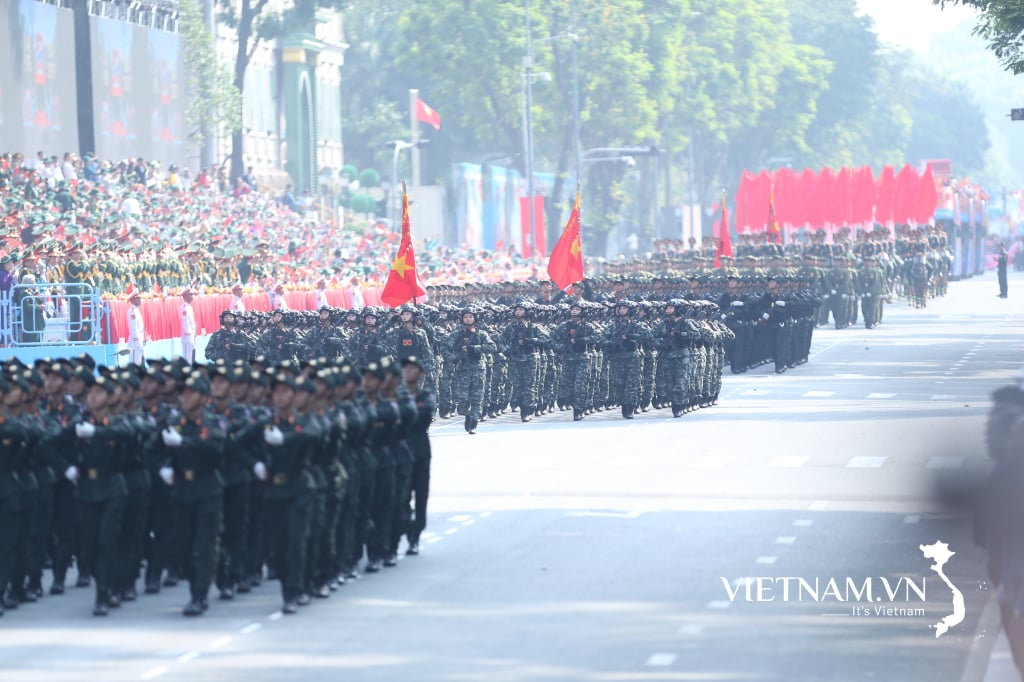

Comment (0)